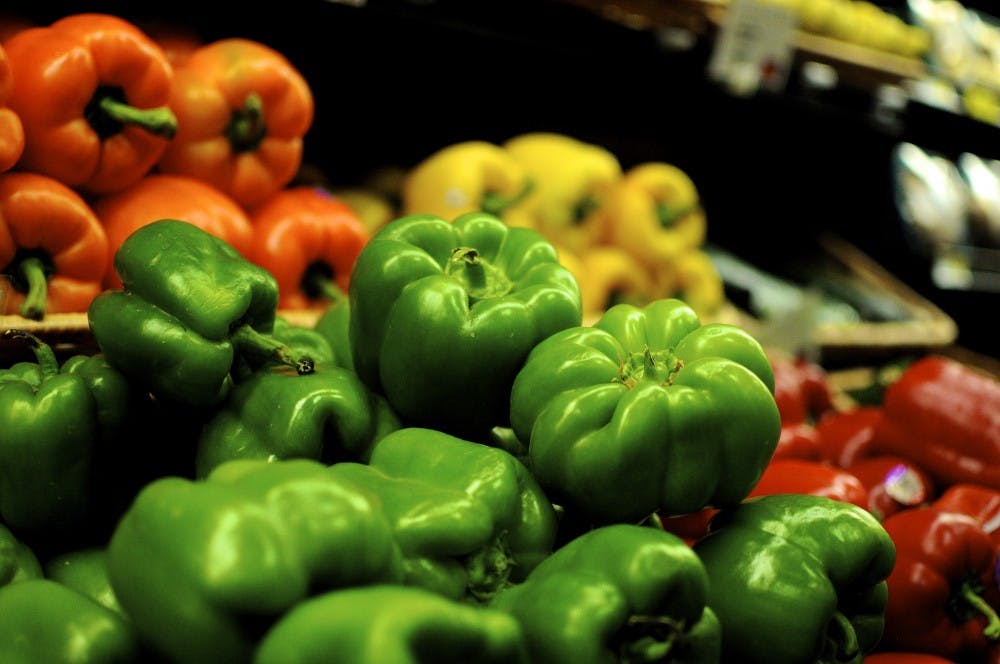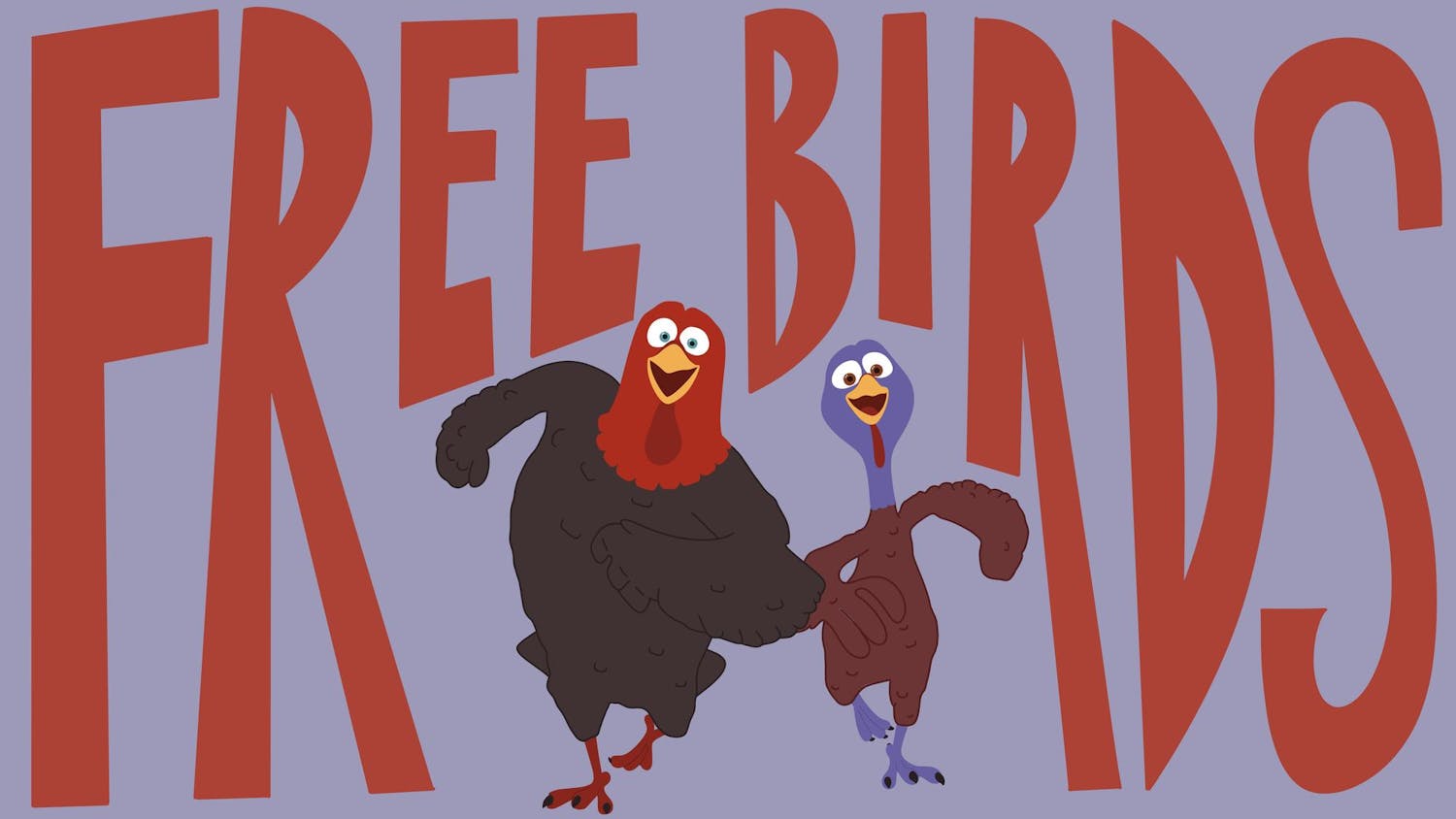With fewer than 30 days until the first days of fall, the slight changing of temperatures have many fall junkies ready to bust out their UGG boots, oversized flannels and pumpkin spice lattes.
Fall gives farmers a period to cool off from the summer and a chance to combat the rising insect populations. According to Auburn University, squash, corn and cucumber are especially prone to insects and diseases in late summer and fall.
Sheila Dicks is the owner of Joy Haven Farm, located in Shorter, Ala. Dicks started her farm, more like a garden at the time, a little over five years ago.
Joy Haven is a Certified Naturally Grown farm. According to cngfarming.org, the CNG certification means Dicks grows all her produce without using any synthetic herbicides, pesticides, fertilizers or genetically modified organisms.
“Fall cucumbers do really well, along with peppers, arugula and radishes,” Dicks said. “I’d start your collards and kale on seed trays to have them ready for planting in two weeks.”
Wheeler Foshee, a professor in the department of horticulture, teaches insect management and vegetable production.
“Cabbage, kale, collards, kohlrabi, cauliflower and broccoli are all members of the Brassica family, better known as the mustard family,” Foshee said.
According to the National Gardening Association, these main crops grow successfully in cool seasons.
Foshee said the key to growing a successful cole crop is well-drained soil and a clean seedbed.
“In the next two weeks, most of your crops should be ready to be direct-seeded,” Dicks said. “Right now, the temperatures are too high and would cause most of your crop to bolt.”
Bolting in leafy greens occurs when the leaf becomes bitter and tough due to high temperatures and dry conditions. This can cause the plant to flower early.
“The two main insects that prey on cole crops are the cabbage looper and the diamondback moth caterpillar,” Foshee said. “These two worms will spend their entire lives feeding on one plant, destroying any foliage that could have been sold otherwise.”
Diseases for cole crops can affect the plant in many ways that deem the product unusable.
Foshee advises farmers to look for certain signs that the crop is infected.
“Black rot is the most serious disease for cole crops in Alabama,” he said. “To identify black rot, look for yellow-orange V-shaped lesions.”
Foshee also described other diseases that can affect plants and their warning signs.
“Alternaria leaf spot produces small, concentric rings on the leaf,” he said. “White mold produces cotton-like growths around the base of the leaves.”
Foshee recommends treating these diseases with cover-spray containing copper as an ingredient.
“Many crops would benefit from a process called hardening-off,” Foshee said. “Hardening-off is a method to prepare transplants for the transition to growing in direct sunlight and ground soil.”
He said the process includes lighter watering cycles that allow the roots to harden making them able to withstand environmental factors like heavy wind or rain.
According to Alabama Cooperatve Extension, a partnership between Auburn University and Alabama A&M, some tips to protect your crops from the first early frost are to cover your growing beds with burlap supported by wire to avoid direct contact with the plant.
The Extension’s website advised for mulched root crops to be pulled well before the first hard frost.
Do you like this story? The Plainsman doesn't accept money from tuition or student fees, and we don't charge a subscription fee. But you can donate to support The Plainsman.





